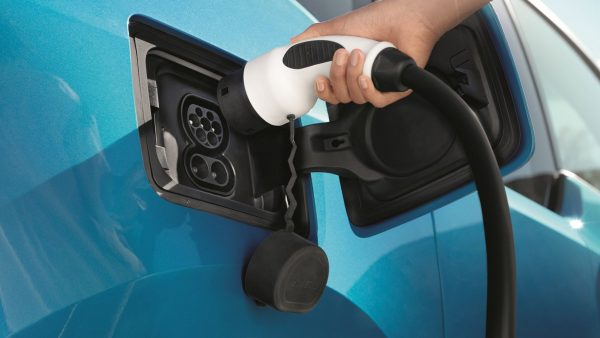Analysis of Design Principle of Electric Vehicle Charging Gun
Electric vehicle charging guns are mainly used to charge electric vehicles. The charging gun acts as the interface between the charging device and the rechargeable battery of the electric vehicle. Each country has mandatory standards. All charging pile and electric vehicle manufacturers must comply to ensure the consistency of the connection between the charging pile and the charging gun.
The EV charging gun is divided into 7 joints (AC pile) and 9 joints (DC pile). Each connector represents a different power supply or control signal, as specified in the specific national standards.
The core component of the portable car charging gun is the control box. Although it may seem insignificant, there is actually a core technology in the control box, several of which are related to the invention patent. Therefore, when consumers buy an EV charging gun, they should not only look at the price of the charging gun, but also pay attention to the core technology.
All brands of new energy vehicle charging guns require protection devices such as overvoltage protection, lightning protection, output short circuit protection, leakage protection and overcurrent protection, and there are leakage protectors in the car to stand by, if there is leakage during the charging process, It will trip in time to protect the personal safety of customers.
Household AC slow charging is based on the existing residential power supply system (using single-phase 220V or three-phase 380V), using a 5-10kW power level charger (actually AC to DC), converted to DC to charge the battery in the car.
